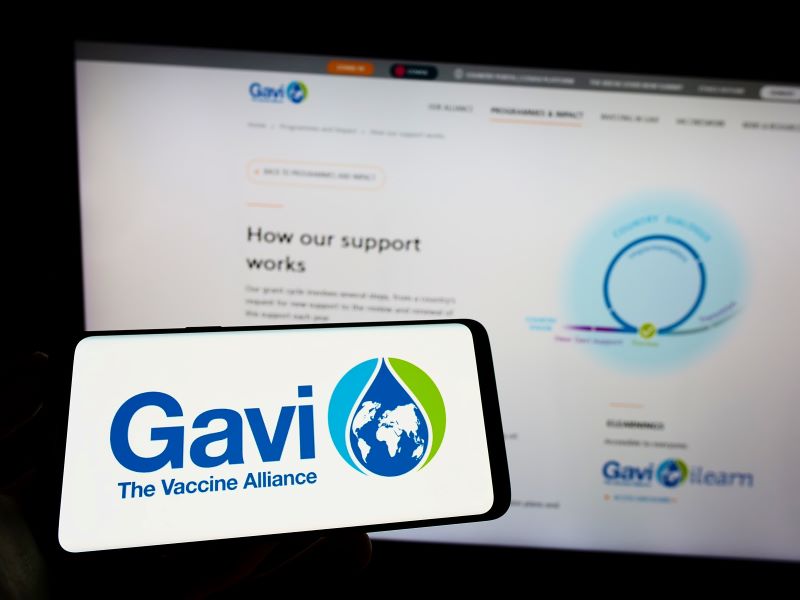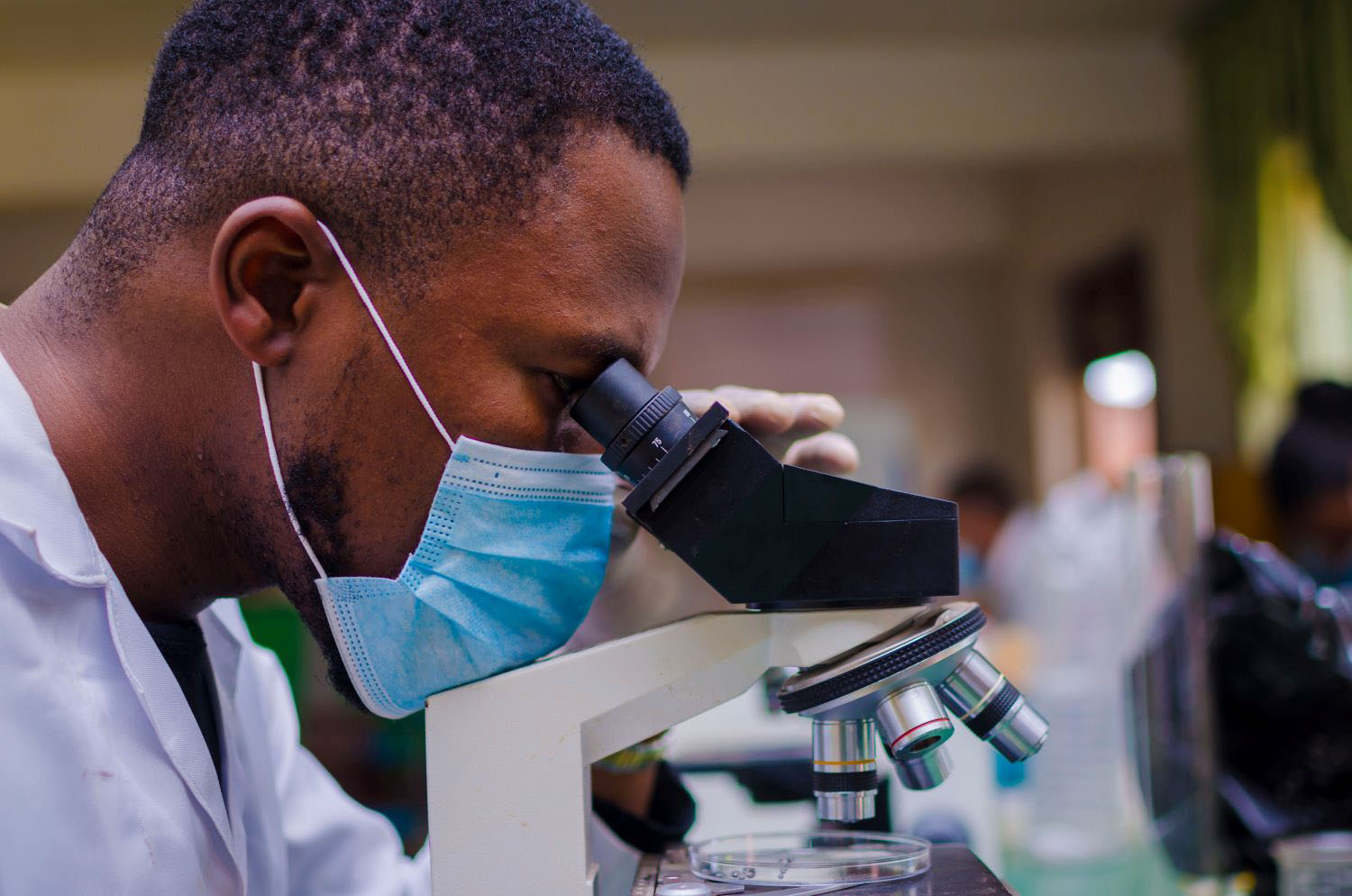Recommended
Harsh fiscal prospects and broader shifts in the health landscape are creating challenges for Gavi’s approach to country eligibility and transition. To date, Gavi’s income-based eligibility model has functioned well during periods of sustained growth in low- and middle-income countries and has helped incentivize countries to increasingly self-finance immunization. However, amidst acute budget pressures and the pandemic’s fallout on immunization services and health systems, this model is no longer fit for purpose. Changes are needed to ensure Gavi can deliver on its mission going forward.
In a new CGD policy paper, we build on earlier analysis and project countries’ prospects for transitioning from Gavi support between 2023 and 2040 using updated macroeconomic data. Below, we highlight key takeaways from this analysis: first, Gavi’s current model is not well-suited to meet current fiscal challenges; and second, roughly 40 countries are projected to remain eligible for Gavi support through 2040, raising questions about longer-term commitments for support beyond the Sustainable Development Goals (SDG) era. We then offer recommendations for how Gavi can evolve its approach to eligibility and transition in its next strategic period, “Gavi 6.0.”
Takeaway 1: Gavi’s current eligibility and transition model is not well-suited to the post-COVID era
Our findings, which use updated economic growth data and model two annual inflation adjustment scenarios (4 percent and 2 percent), suggest that transition prospects have not changed significantly compared to projections using pre-COVID data from 2017. These trends could reflect, at least in part, better-than-expected economic growth just before the pandemic and a more recent rebound. Specifically, we find that roughly 10 countries could transition from Gavi support by 2040 (see Figure 1).
Figure 1. Projected GNI trajectories for countries currently in Gavi’s accelerated transition phase
Still, fiscal conditions have deteriorated in the wake of the pandemic, and soon-to-transition countries will lose access to Gavi funding under particularly challenging budgetary conditions. Some transitioning countries may be less able (and less willing) to sustain—let alone increase—current levels of domestic spending for immunization.
Importantly, our projections also indicate that the exact annual inflation adjustment to the GNI threshold significantly shapes transition trajectories. (For example, in the 2 percent scenario, 19 countries are projected to transition from Gavi’s support by 2040.)
Takeaway 2: Roughly 40 countries could remain eligible for Gavi support through 2040 based on the current eligibility and transition model
A sizeable cohort of approximately 40 countries, based on the 4 percent annual inflation adjustment scenario, is likely to remain eligible for Gavi support through 2040 (see Figure 2). This cohort represents about 60-70 percent of Gavi’s disbursements for the 2017-2019 period. Notably, no countries are projected to enter the accelerated transition phase between 2026 and 2040 in the 4 percent scenario.
Figure 2. Number of countries eligible (i.e., below the GNI eligibility threshold) for Gavi support at the end of each Gavi strategic period, 2000–2040
If these countries indeed remain eligible for Gavi funding through 2040, Gavi’s leadership and donors must contend head-on with questions about longer-term commitments for support well beyond the SDG era.
Notably, about half of the 40 countries are currently classified as fragile or conflict-affected. And delivering in these settings will be increasingly important to achieving Gavi’s mission in the future.
Next steps for Gavi
We offer four policy recommendations for Gavi’s leadership and board to consider in the lead up to its next strategic period:
1. Rethink criteria for eligibility and align on core principles to determine how best to evolve the overall approach.
Eligibility defined primarily by gross national income (GNI) is no longer fit for purpose in the post-COVID era. Options for rethinking Gavi’s overall approach span the spectrum from incremental shifts to radical rethinking. As part of a more incremental approach, Gavi should consider additional indicators that better reflect countries’ fiscal and programmatic readiness for transition as a complement to the GNI indicator. For example, an indicator like post-interest general government expenditure per capita could be a valuable measure of fiscal space and ability to pay for immunization.
Any significant shift in Gavi’s eligibility model, such as exploring options to transition by vaccine rather than country, should be informed by an open discussion on the broader purpose of the eligibility policy and greater clarity on the longer-term direction for Gavi beyond the SDG era.
2. Re-examine Gavi’s approach to prioritization of resources and value for money.
Efforts to adjust Gavi’s transition and eligibility model should be integrated into a broader effort to reassess—and consolidate, where relevant—its approach to prioritizing resources and achieving value for money. This exercise should consider the reality of constrained donor budgets and the increasing range of vaccines that could be supported, alongside rapid population growth in the roughly 40 countries that our projections suggest could remain eligible for Gavi support through 2040. One consideration is whether a combined prioritization, allocation, and eligibility framework could serve as a useful mechanism to weigh trade-offs between which countries are eligible, how much each country is allocated, and which technologies are funded.
As plans advance for Gavi’s next strategy, a key discussion point for the board should be whether Gavi’s primary obligation is to promote value for money of its resources or strengthen the value for money of combined donor and domestic health system resources as countries increasingly self-finance immunization. If stakeholders agree on the latter, then Gavi could conduct pilot efforts of a “marginal aid” approach.
3. Modify Gavi’s operating model and modalities of engagement, especially in fragile and conflict-affected settings.
Gavi also needs to revamp its existing model, designed for long-term sustainable development, to better adapt to fragile and conflict-affected settings. Specifically, it must consider ways to shift its model to ensure higher risk appetite and greater agility in humanitarian contexts.
Furthermore, with an eye towards longer-term sustainability, Gavi should reexamine effective strategies to support countries in building key health system capabilities such as procurement, supply chain, and public financial management.
4. Align and clarify approaches with other global health mechanisms.
Alignment between Gavi and other global health mechanisms is critical to avoid duplication of efforts and set countries on a meaningful path to financial and programmatic sustainability. Potential areas for further coordination include transition policies, support for national priority setting systems, and pilots of innovative approaches to donor financing of health services, such as “marginal aid.”
As Gavi embarks on its next strategic period, it must prioritize evolving its approach to eligibility and transition to protect—and advance—immunization in the face of current and future challenges.
Disclaimer
CGD blog posts reflect the views of the authors, drawing on prior research and experience in their areas of expertise. CGD is a nonpartisan, independent organization and does not take institutional positions.
Image credit for social media/web: Adobe Stock









